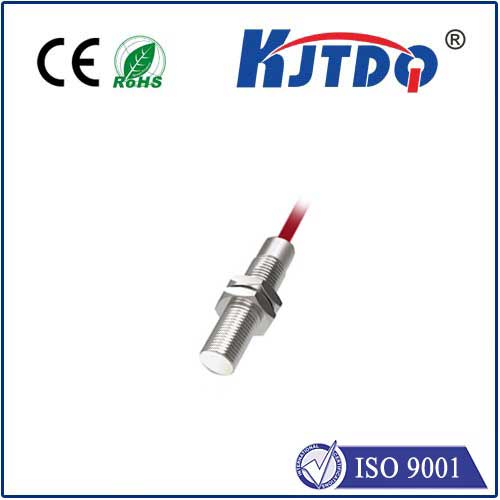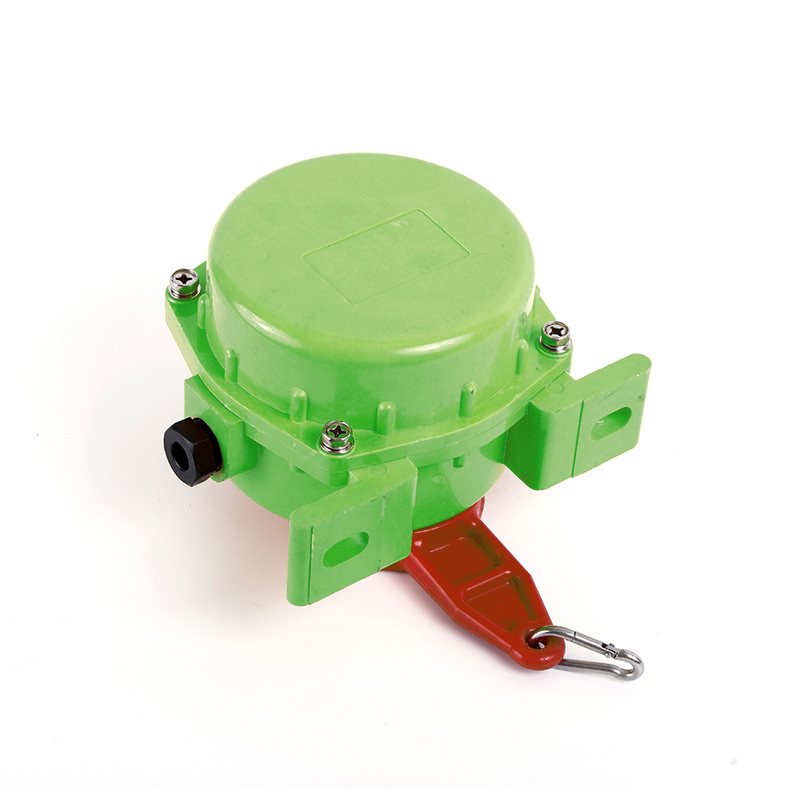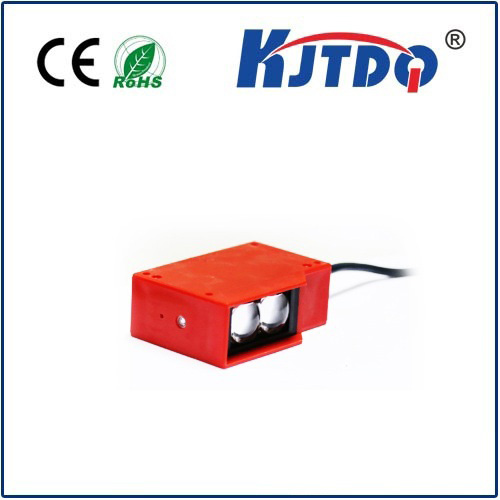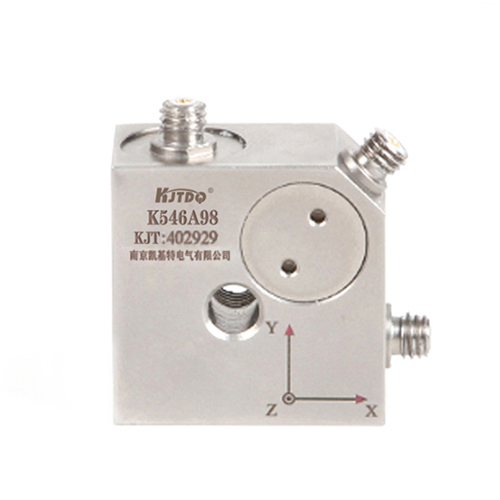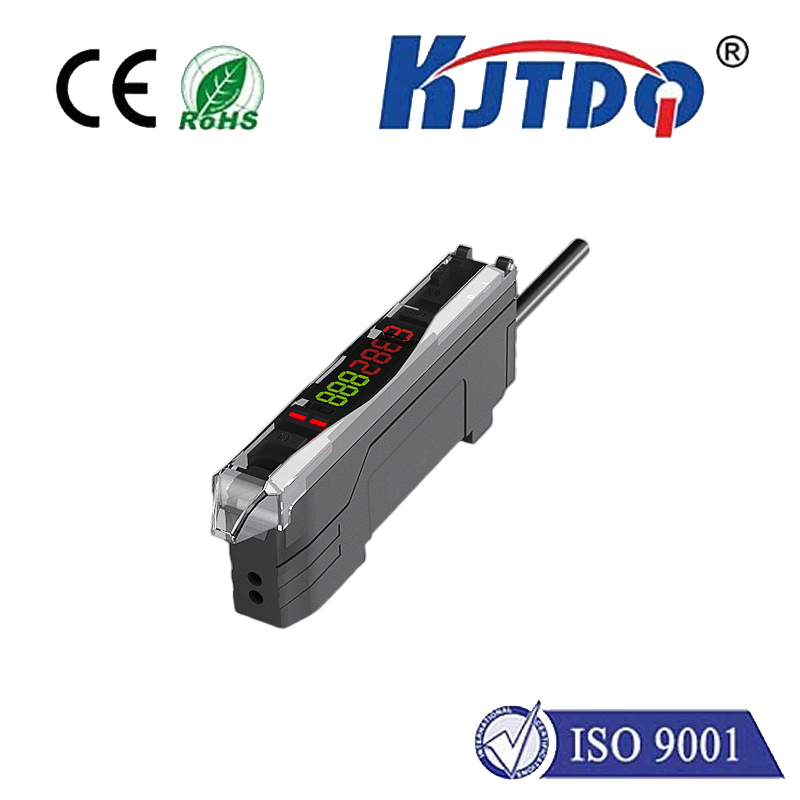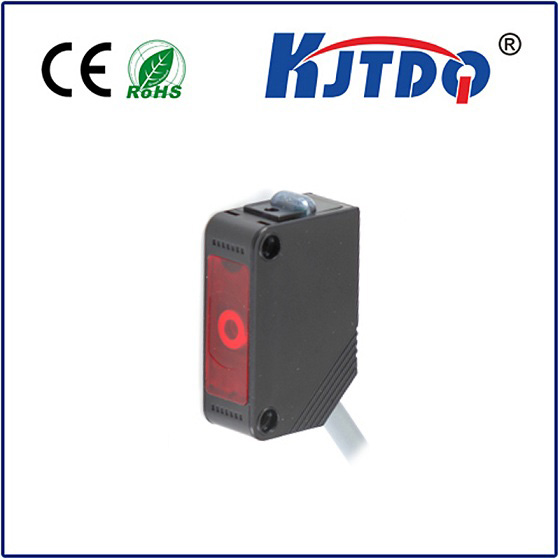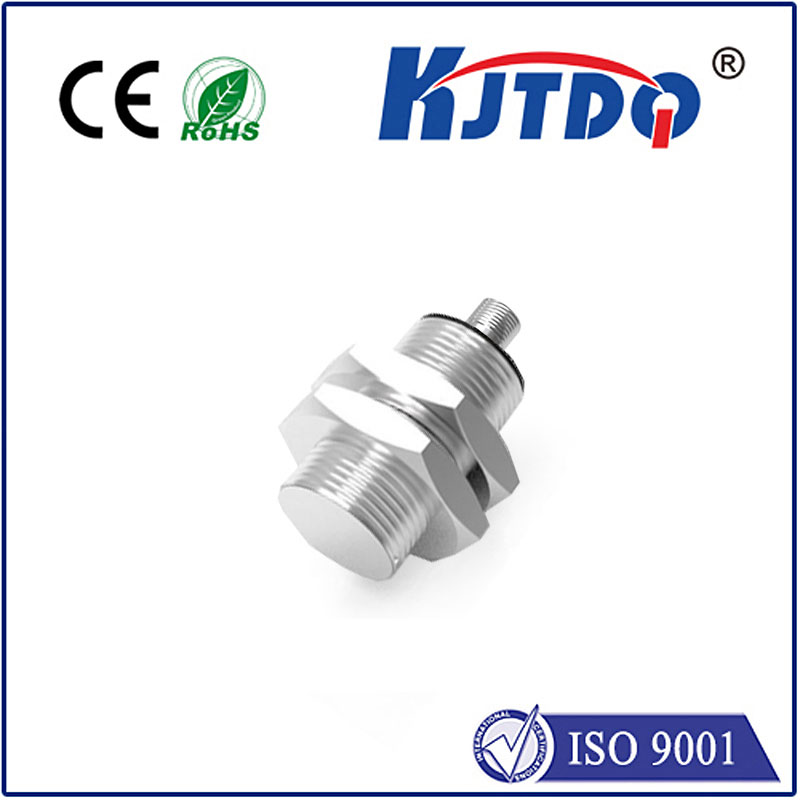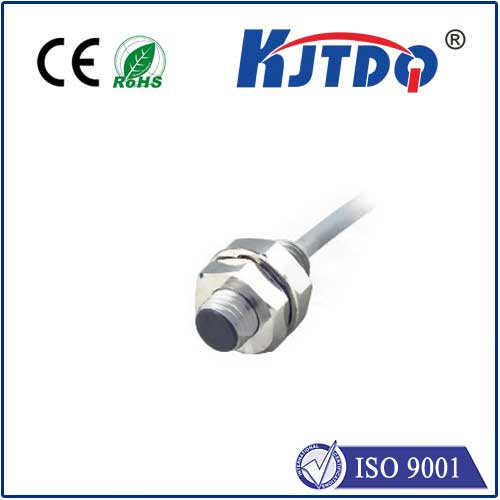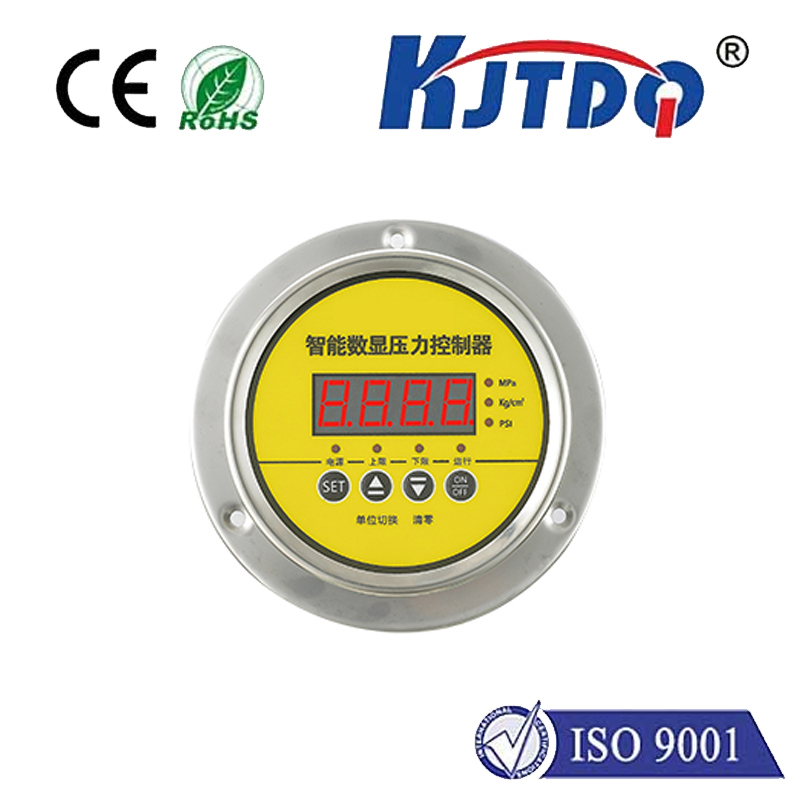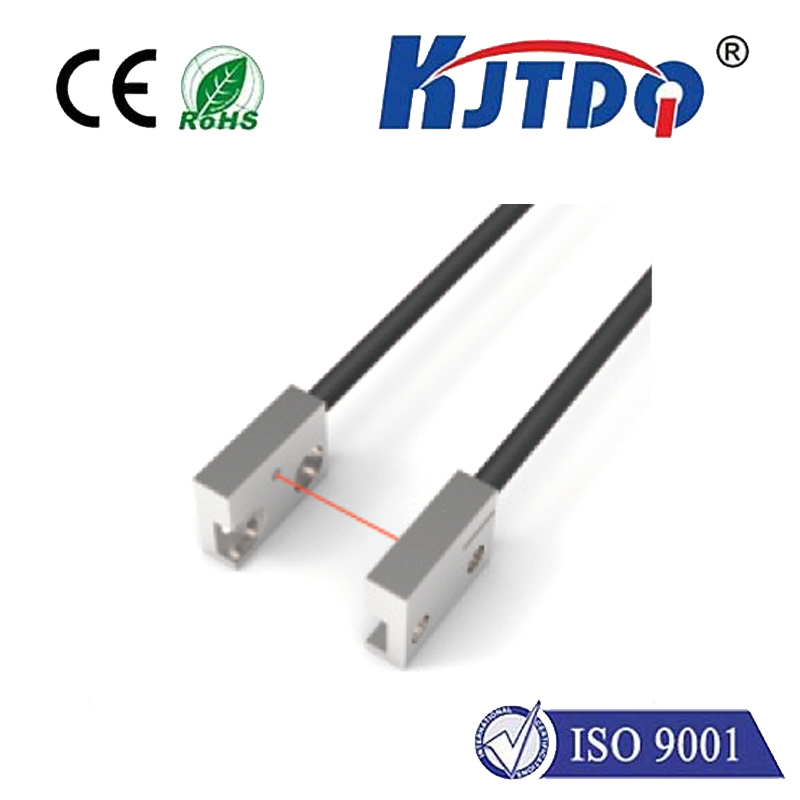

check

check

check

check

check

check

check

check

check

check
In recent years, there has been a growing interest in NPN (Negative-Positive-Negative) and No Sensor (Non-Inductive) technology in the electronics industry. This innovative approach is changing the way we design and develop electronic devices, offering new opportunities for increased efficiency, reduced cost, and improved performance. In this article, we will explore the key features and benefits of NPN and No Sensor technology, as well as their potential applications in various industries.
Introduction to NPN and No Sensor Technology
NPN and No Sensor technology are based on different principles than traditional transistor-based circuits. Instead of using a current flowing between two points to control the flow of electrons, these technologies utilize a process called field-induced switching (FIS) or gate-controlled switch (GCS). In an NPN circuit, the negative terminal is used as the source, while in a No Sensor circuit, there is no need for a separate power supply or sensor.
The Benefits of NPN and No Sensor Technology
One of the main advantages of NPN and No Sensor technology is its simplicity and reduced complexity compared to traditional transistor-based circuits. These devices require fewer components, which can result in lower production costs and faster time-to-market. Additionally, they offer higher reliability and performance due to their simplified design. Another benefit is that they can be easily integrated into existing systems, making it easier for manufacturers to upgrade or modify existing products.
Applications of NPN and No Sensor Technology
The potential applications of NPN and No Sensor technology are vast and varied. In the automotive industry, for example, these devices could be used in sensors, actuators, and other control systems to improve vehicle safety and performance. In medical devices, they could be used in diagnostic equipment or prosthetics to improve accuracy and effectiveness. In consumer electronics, they could be used in smart home appliances or wearable devices to enhance functionality and reduce power consumption.
Conclusion
Overall, NPN and No Sensor technology represents a significant breakthrough in the electronics industry, offering new possibilities for innovation and improvement. As these technologies continue to evolve and mature, we can expect to see even more exciting developments in the years ahead. By understanding the benefits and applications of NPN and No Sensor technology, we can better appreciate its impact on our daily lives and how it is shaping the future of electronics.
